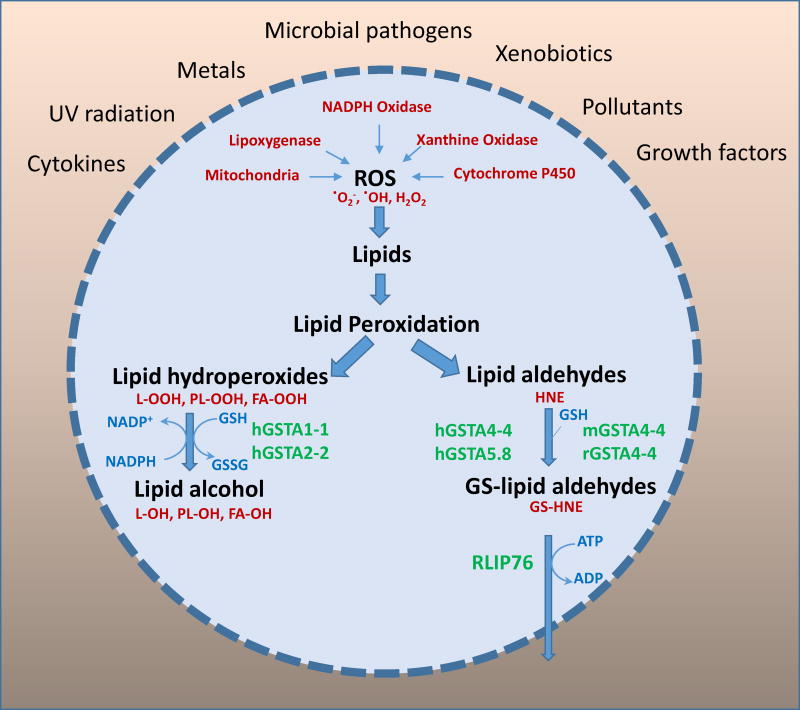Figure-2. Significance of GSTs in the regulation of ROS-initiated lipid peroxidation - derived products under stress conditions.
Exposure of cells to external stresses such as metals, UV radiation, pollutants, pathogens, cytokines and growth factors increases cellular oxidative stress by generating reactive oxygen species via activation of endogenous factors such as NAPDH oxidase, xanthine oxidase, cytochrome P450 and mitochondrial respiration. The increased ROS causes oxidation of lipids leading to formation of lipid peroxidation products such as lipid hydroperoxides and subsequently lipid aldehydes. Human alpha class of GSTs such as hGSTA1-1 and hGSTA2-2 lipid hydroperoxides via their peroxidase activity. Human alpha class GSTs such as hGSTA4-4 and hGST5.8, and mouse and rat alpha class GSTA4-4 conjugate with cellular GSH leading to formation of glutathione-lipid aldehyde adducts and regulate the intracellular levels of toxic lipid aldehydes. Glutathione-aldehyde conjugates are primarily transported out of the cells by ATP dependent transporter, RLIP76.

